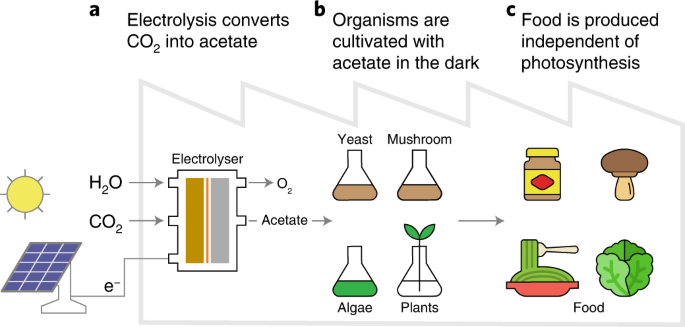2022-06-23 ジョージア工科大学
 Example of instantaneous termination of fibrillation (multiple spiral waves) by the designed stimulus that teleports all spiral wave pairs to annihilation.
Example of instantaneous termination of fibrillation (multiple spiral waves) by the designed stimulus that teleports all spiral wave pairs to annihilation.
研究者らは数学的手法により、スパイラル波を電気ショックで刺激する際の重要な部位を特定した。その結果、渦巻き状の波が去った直後の組織領域に刺激を与え、新しい波を維持することができれば、心臓の除細動が可能であることがわかった。
研究者たちは、スパイラル波を停止させる過程で、「テレポーテーション」と名付けた概念により、スパイラル波も実際に動かしていたのです。
スパイラル波は、この方法で心臓のどこにでもテレポートすることができます。特に、スパイラル波を移動させて相手と衝突させ、消滅させることができる。
<関連情報>
- https://research.gatech.edu/spiral-wave-teleportation-theory-offers-new-path-defibrillate-hearts-terminate-arrhythmias
- https://www.pnas.org/doi/10.1073/pnas.2117568119
設計された1つの刺激でスパイラル波を終了させる。除細動のメカニズムとしてのテレポーテーション Terminating spiral waves with a single designed stimulus: Teleportation as the mechanism for defibrillation
Noah DeTal, Abouzar Kaboudian and Flavio H. Fenton
Proceedings of the National Academy of Science Published:June 9, 2022
DOI:https://doi.org/10.1073/pnas.2117568119
Abstract
We identify and demonstrate a universal mechanism for terminating spiral waves in excitable media using an established topological framework. This mechanism dictates whether high- or low-energy defibrillation shocks succeed or fail. Furthermore, this mechanism allows for the design of a single minimal stimulus capable of defibrillating, at any time, turbulent states driven by multiple spiral waves. We demonstrate this method in a variety of computational models of cardiac tissue ranging from simple to detailed human models. The theory described here shows how this mechanism underlies all successful defibrillation and can be used to further develop existing and future low-energy defibrillation strategies.


